How Sunderland prepared for war in 1939 - a story of gas masks, shelters and evacuation
and live on Freeview channel 276
A fearful Sunderland prepared for war as the Nazi threat grew.
And as we remember those who gave their lives for freedom, Phil Curtis, from Sunderland Antiquarian Society, tells of the days when Sunderland made its preparations for air raids.
Advertisement
Hide AdAdvertisement
Hide AdAs Britain prepared for conflict, Sunderland put its own preparations into place for the oncoming threat of war.
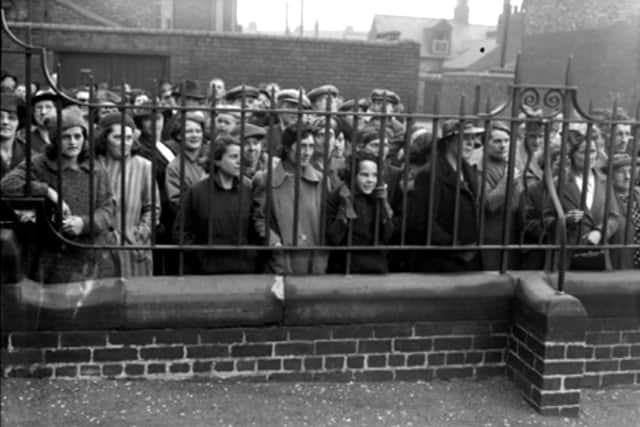

In March 1939, large gas helmets for toddlers were issued. The baby was to be placed inside of the contraption and air pumped in by an attached hand pump.
Most people finally accepted that war was inevitable on May 8 when a Military Training Act was introduced and youths of 20 and 21 were liable for immediate conscription.
By July, a plan was drafted to evacuate thousands of local children to places of safety in the country.
Advertisement
Hide AdAdvertisement
Hide AdA trial blackout was held on August 9. Sales of black paint boomed and black cloth was sold in enormous quantities. Sticky brown paper was also at a premium.
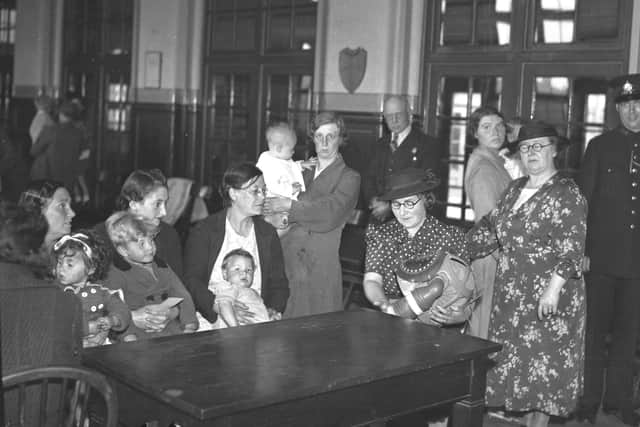

Most domestic and shop windows were criss-crossed with brown strips of paper as a precaution against flying glass in a bomb blast.
Train and bus windows were painted with dark paint ready for the dreaded blackouts. The ARP headquarters in Thornholme Road were manned day and night and the Sunderland Emergency Committee directed that 1,000 men should dig trench shelters in the local parks.
The day that Germany invaded Poland also meant a national blackout was ordered from midnight. At the same time, the Town Hall clock in Fawcett Street chimed for the last time in many years.
Advertisement
Hide AdAdvertisement
Hide AdThe Sunderland Echo published a list of air raid shelters, including one at Roker Park football ground which could hold almost 1,000 people.
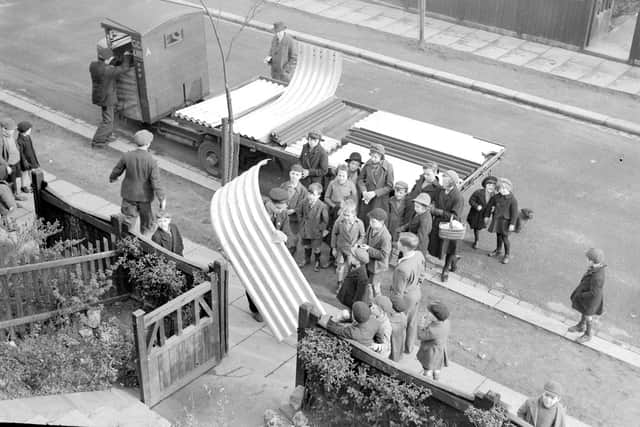

Finally, on Sunday, September 3, war was declared and the town was filled with the warning wail of air raid sirens.
Families rushed into the streets looking for enemy aircraft but the all-clear went and people returned to their homes feeling pleased that this time at
least there hadn’t been an attack by German bombers.
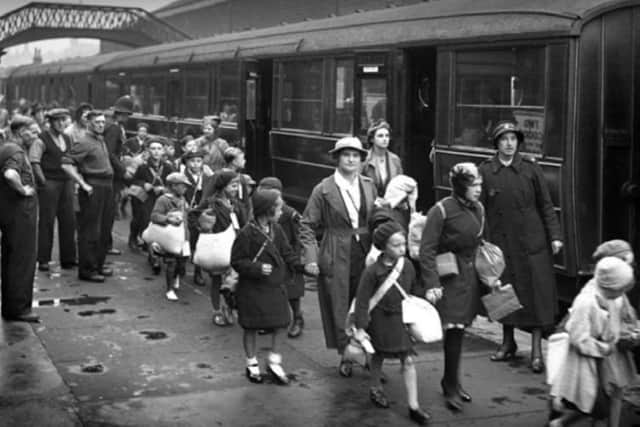

The following Monday, 8,000 children left Wearside in 20 special trains for evacuation to rural County Durham and Yorkshire. 16,000 pupils
Advertisement
Hide AdAdvertisement
Hide Adhad been provided for but only half of these turned up to go.
They left in trains, watched by tearful parents and relatives.
At midnight on September 22, petrol rationing started.
People who owned cars or motor cycles hurried off to petrol stations to fill their petrol tanks for the last time for a long while. Branded petrol was replaced by Pool atone and six pence a gallon.
Owners of small cars got coupons entitling them to four gallons per month and, if a car was twenty horsepower or more, then 10 gallons a month were allocated.
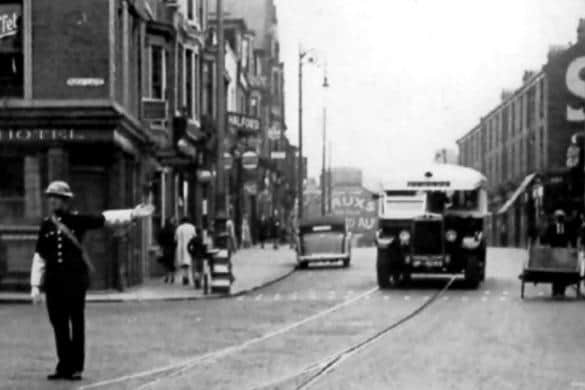

Advertisement
Hide AdAdvertisement
Hide AdRation books were issued in October 1939. This was to continue until as late as 1954.
The last Christmas Day of the decade was lit by a full moon. Patriotism was high and songs were sung in the pubs and air raid shelters of Sunderland. The most popular was ‘There’ll Always be an England’.
As 1939 came to an end, Wearsiders were apprehensive but ready for whatever was to come their way.
